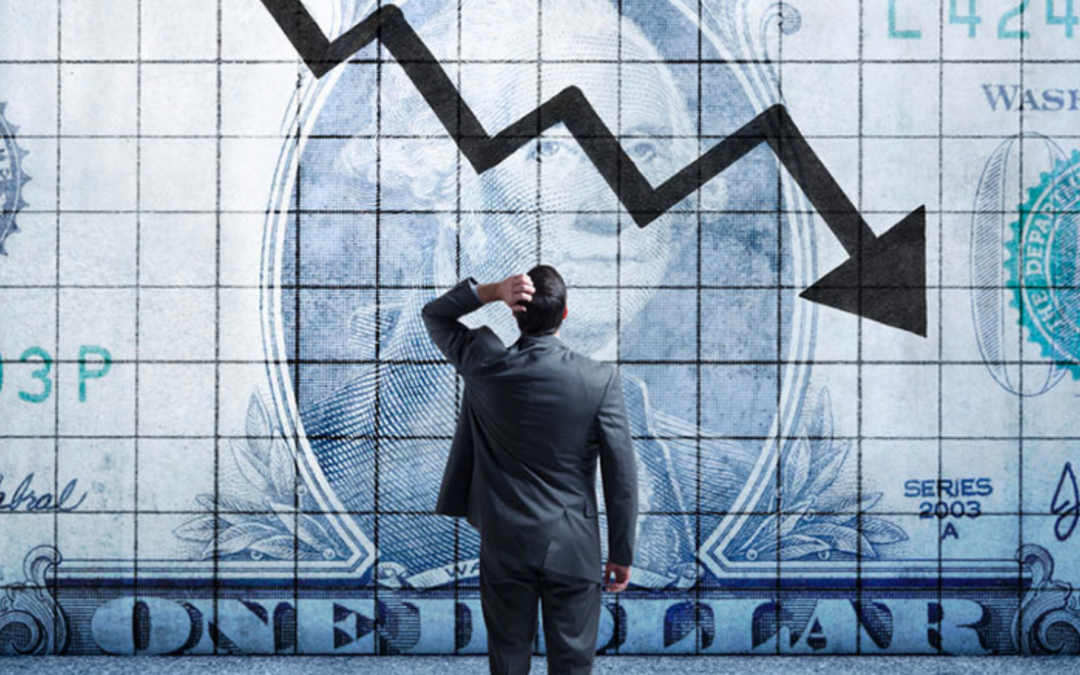As I write this post, we have just celebrated the longest bull run in the history of the stock market. Since March 9, 2009 the S&P 500 has increased a whopping 275% (+/-), helping to alleviate some of the fears that we felt while watching the market descend for 17 months from 2007-2009. This context is important because, depending on your stage of life a decade ago, the Great Recession uncovered emotional concerns that we didn’t realize we had when we were enjoying the last bull market during the early part of this century.
Working on my second decade in the financial services industry, I have experienced the end of the bull market in the early 2000s followed by the Great Recession, and now, the last ten years of (mostly) upward momentum. I have guided clients through their own concerns about investing, or in some cases, reinvesting in the market after watching their 401(k) become a 201(k). Folks retiring in 2008 suffered the unthinkable—a significant drop in their portfolios right when they needed the money most.
The status quo in our industry is to talk about diversification, or to point out that the people who “lost” money is 2008 were the people who panicked and sold their investments along the way instead of riding the rollercoaster all the way down and all the way back up again. Of course, if you were retired and drawing income from your investments, you didn’t have a choice! It took over four years on that rollercoaster, assuming you did hold on, to get back to where you started. What happens if you sold your investments somewhere during the ride? It likely took you longer to get back to even, if you did at all. Because if you exited the market on the way down, you almost assuredly didn’t get back in when the markets opened on March 10, 2009—the start of the current bull market.
And that brings me to the title of this post. The longer that the markets are heading up, the easier it is to forget how you felt and how you reacted during the last recession. And even if you had the fortitude to hang on for the ride, the greater the loss in your portfolio, the more your investments needed to gain to get you back to where you started.
Take a look at the chart below:

Right now, it is easy to fall into a “buy and hold” strategy because we have seen an average of over 15% per year over the last decade. The question is not “if” the markets will ultimately have a pullback, but “when.” When that happens, how much are you willing to ride your investments down and how much time do you have to wait for the compounding necessary to pull your savings back to where you started.
If you are like many of my clients, at some point you have asked yourself this question:
Is there a better way?
Most importantly, the question you need to ask yourself and your financial advisor is:


